Related Research Articles

Dorothea Lange was an American documentary photographer and photojournalist, best known for her Depression-era work for the Farm Security Administration (FSA). Lange's photographs influenced the development of documentary photography and humanized the consequences of the Great Depression.
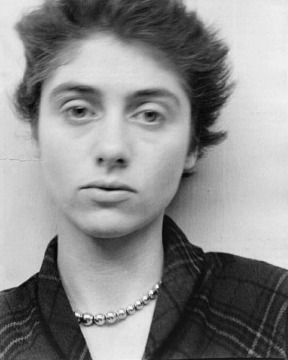
Diane Arbus was an American photographer. She photographed a wide range of subjects including strippers, carnival performers, nudists, people with dwarfism, children, mothers, couples, elderly people, and middle-class families. She photographed her subjects in familiar settings: their homes, on the street, in the workplace, in the park. "She is noted for expanding notions of acceptable subject matter and violates canons of the appropriate distance between photographer and subject. By befriending, not objectifying her subjects, she was able to capture in her work a rare psychological intensity." In his 2003 New York Times Magazine article, "Arbus Reconsidered", Arthur Lubow states, "She was fascinated by people who were visibly creating their own identities—cross-dressers, nudists, sideshow performers, tattooed men, the nouveaux riches, the movie-star fans—and by those who were trapped in a uniform that no longer provided any security or comfort." Michael Kimmelman writes in his review of the exhibition Diane Arbus Revelations, that her work "transformed the art of photography ". Arbus's imagery helped to normalize marginalized groups and highlight the importance of proper representation of all people.

Sally Mann HonFRPS is an American photographer who has made large format black and white photographs—at first of her young children, then later of landscapes suggesting decay and death.
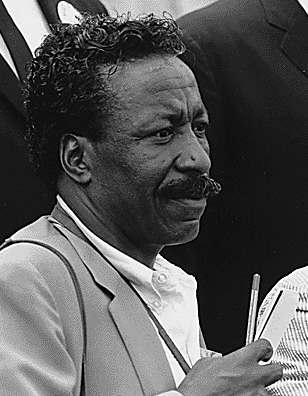
Gordon Roger Alexander Buchanan Parks was an American photographer, composer, author, poet, and film director, who became prominent in U.S. documentary photojournalism in the 1940s through 1970s—particularly in issues of civil rights, poverty and African Americans—and in glamour photography. He is best remembered for his iconic photos of poor Americans during the 1940s, for his photographic essays for Life magazine, and as the director of the films Shaft, Shaft's Big Score and the semiautobiographical The Learning Tree.

Richard Avedon was an American fashion and portrait photographer. He worked for Harper's Bazaar, Vogue and Elle specializing in capturing movement in still pictures of fashion, theater and dance. An obituary published in The New York Times said that "his fashion and portrait photographs helped define America's image of style, beauty and culture for the last half-century".

Timothy Greenfield-Sanders is an American documentary filmmaker and portrait photographer based in New York City. The majority of his work is shot in large format.
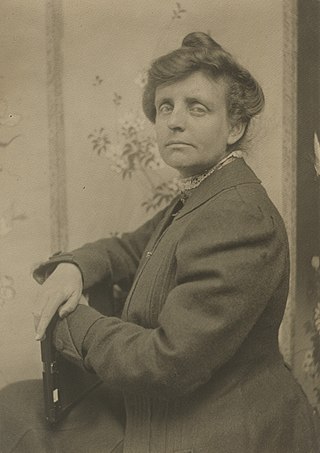
Frances Benjamin Johnston was an early American photographer and photojournalist whose career lasted for almost half a century. She is most known for her portraits, images of southern architecture, and various photographic series featuring African Americans and Native Americans at the turn of the twentieth century.
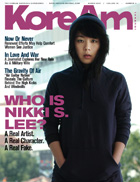
Nikki S. Lee is a South Korean visual artist with a focus on performance, photography, and film. Lee often explores themes of identity through her work––specifically as it relates to others, rather than individual identity. Her photography series Projects (1997-2001) is her first and most notable work, where she camouflages herself as a member of the social and ethnic groups she poses with. Lee now lives and works in Seoul, South Korea.
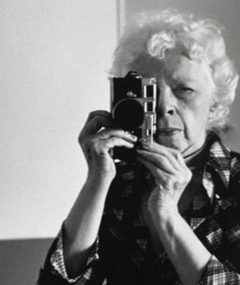
Lisette Model was an Austrian-born American photographer primarily known for the frank humanism of her street photography.

Zaida Ben-Yusuf was an American portrait photographer based in New York. She was known for her artistic portraits of wealthy, fashionable, and famous Americans during the turn of the 19th–20th century.

Anna-Lou Leibovitz is an American portrait photographer best known for her engaging portraits, particularly of celebrities, which often feature subjects in intimate settings and poses. Leibovitz's Polaroid photo of John Lennon and Yoko Ono, taken five hours before Lennon's murder, is considered one of Rolling Stone magazine's most famous cover photographs. The Library of Congress declared her a Living Legend, and she is the first woman to have a feature exhibition at Washington's National Portrait Gallery.
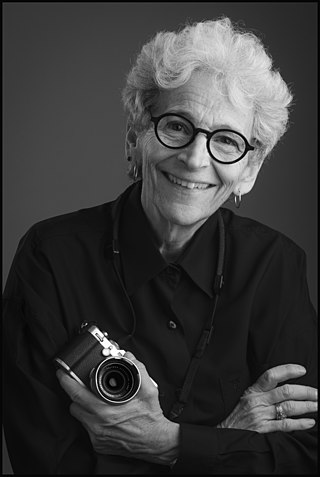
Penny Wolin, also known as Penny Diane Wolin and Penny Wolin-Semple, is an American portrait photographer and a visual anthropologist. She has exhibited solo at the Smithsonian Institution and is the recipient of two grants from the National Endowment for the Humanities and one grant from the National Endowment for the Arts. Her work is held in the permanent collections of such institutions as Harvard University, the Layton Art Collection at the Milwaukee Art Museum, the Santa Barbara Museum of Art, the New York Public Library and the Smithsonian American Art Museum. Known for her documentary and conceptual photographs, she has completed commissions for major corporations, national magazines and private collectors, including the Walt Disney Corporation, LIFE Magazine and the Brant Foundation. For over 30 years, she has used photographic portraiture with oral interviews to research Jewish civilization in America.
Andrea Modica is an American photographer and professor of photography at Drexel University. She is known for portrait photography and for her use of platinum printing, created using an 8"x10" large format camera. Modica is the author of many monographs, including Treadwell (1996) and Barbara (2002).

Stacy L. Pearsall is an American photographer. Pearsall served as a military photographer in the United States Air Force until her wounds lead to her medical retirement. Since leaving the Air Force, Pearsall has worked as a professional photographer.
Jun Ahn (안준) is a South Korean photographer, known primarily for her Self-Portrait series of photographs taken from atop high buildings. She has worked extensively in the United States, particularly in New York, as well as South Korea.
Anastasia Taylor-Lind is an English/Swedish photojournalist. She works for leading editorial publications globally on issues relating to women, population and war. She has lived in Damascus, Beirut, Kiev and New York City and is now based in London. As a photographic storyteller, Taylor-Lind's work has focused on long-form narrative reportage for monthly magazines.
Lisa Barnard is a documentary photographer, political artist, and a reader in photography at University of South Wales. She has published the books Chateau Despair (2012), Hyenas of the Battlefield, Machines in the Garden (2014) and The Canary and the Hammer (2019). Her work has been shown in a number of solo and group exhibitions and she is a recipient of the Albert Renger-Patzsch Award.
Elinor B. Cahn was an American photographer. Cahn, who became a photographer later in life, was known for her photographs of street and neighborhood life in East Baltimore, Maryland.
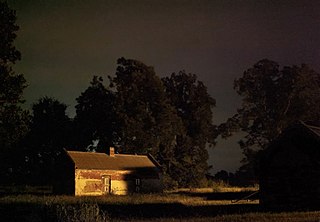
Jeanine Michna-Bales is an American artist who works primarily through photographic essays. Her projects blend documentary and fine art, research and history, examining forgotten, overlooked or invisible aspects of American history and contemporary socio-politics. She has often juxtaposed evocative landscape photographs and historical re-enactments with primary source documents such as maps, news clippings, government materials and artifacts in order to bring to life specific moments, experiences, places and eras from the past. New York Times writer and cultural historian Maurice Berger called her project on the Underground Railroad evocative and consequential in its visual portrayal of history through the eyes of an individual: "Her photographs are dark, atmospheric and haunting … They evoke both a sense of the adventure and peril of this journey, one that would have dire consequences if unsuccessful."
References
- ↑ "CNN Sports provided by Bleacher Report - CNN.com". Sportsillustrated.cnn.com. Retrieved 23 December 2014.
- ↑ "Photographic image" (JPG). Bagnewsnotes.com. Retrieved 23 December 2014.
- 1 2 3 McGreevy, Nora (8 September 2021). "A LESSER-KNOWN PHOTO OF AN ICONIC 9/11 MOMENT BRINGS SHADES OF GRAY TO THE DAY'S MEMORY". Smithsonian Magazine. Smithsonian. Retrieved 9 September 2021.
- ↑ "Black Heritage Network - Black TV Channel 24/7". Bhn.tv. Archived from the original on 23 December 2014. Retrieved 23 December 2014.
- ↑ "The Wilderness After War: Living with PTSD". PBS NewsHour. Retrieved 23 December 2014.
- ↑ "Lori Grinker: Untitled". mfah.org.
- ↑ "One Day We'll All Be Terrorists". Truthdig: Expert Reporting, Current News, Provocative Columnists. 28 December 2009.